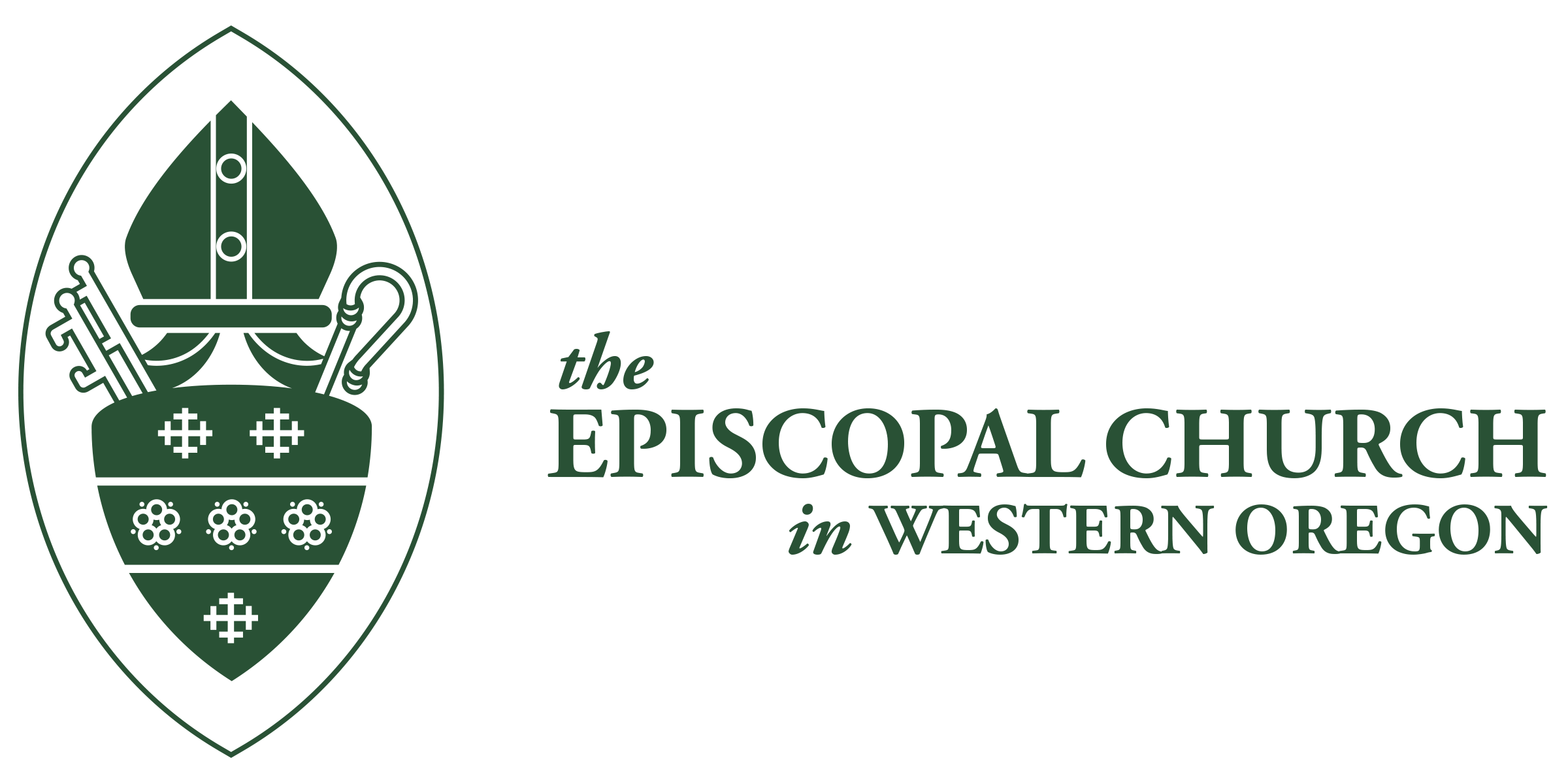Per Canon 1.1.6, resolutions need to be submitted in writing to the Secretary of Convention 90 days prior to the convention. This means all resolutions must be received by the Secretary of Convention by Friday, July 29. The resolution needs to be submitted by emailing an editable document to Tracy Esguerra at Tracye@diocese-oregon.org by the due date.
If you need help in writing a resolution, contact the chair of the Committee on Resolutions of Policy, Alan Murray at sfalanmurray@gmail.com
Who can Submit a Resolution?
A resolution is an original main motion which, because of its complexity or need for explanation or background, is written in a particular format. It is a proposal, put in form for debate, amendment, clarification and eventual vote. It is initially assigned to the Committee on Resolutions of Policy for review. The Committee works prior to convention to clarify resolutions submitted. Those delegates who wish to address a particular resolution should attend their pre-convention convocation meetings to discuss the resolutions and express their views.
Any church member can write a resolution concerning the mission and ministry of our church. To become a part of the convention’s business, however, every resolution requires sponsorship or endorsement of one or more of the following:
- A delegate, lay or ordained
- A parish vestry or BAC
- A commission or committee of the diocese
- A convocation
Guidelines for Framing Resolutions:
Resolutions should be confined to actions that can be accomplished by the Diocese of Oregon. They are not intended for the sole purpose of educating the convention about a cause, which can be done through different means. Therefore, while writing a resolution, the maker should consider “what do I hope to accomplish with this proposal?”.
For any proposal that affects a diocesan commission, board, or committee, the maker must give courtesy notice of the resolution to that group. In addition, if a proposal creates a new group, such as a task force or committee, then the maker and/or those endorsing the resolution will be expected to participate in the creation of that group, perhaps even serving as members.
All resolutions should consist of the following:
- The Title: a brief description of what the resolution is about.
- The Resolution (the “Resolved” clause (s):
- All clauses in the Resolution should begin with the word “Resolved”.
- For multiple resolves, “And be it further” or “and therefore be it” should end the previous clause, not begin a new clause.
- The Explanation: The Explanation provides a space for the rationale, background, clarification, or reasons for the resolution, as well as the implications or financial impact (what expenses are involved, if any, and a proposal for how the budget should be modified to address that need within the “balanced budget” constraints of the diocesan canons). There are no “Whereas” clauses.
The Committee on Resolutions of Policy:
The Committee may make amendments, changes, clarifications and grammatical corrections to any resolution. It may also consolidate several resolutions addressing the same issue. It may not write a completely new resolution. The proposed resolutions will be electronically distributed for review by delegates and convocations and also posted on the diocesan website. Prior to convention action, the Committee offers hearings and works to recommend adoption or rejection when the resolution is presented to the convention for action.
